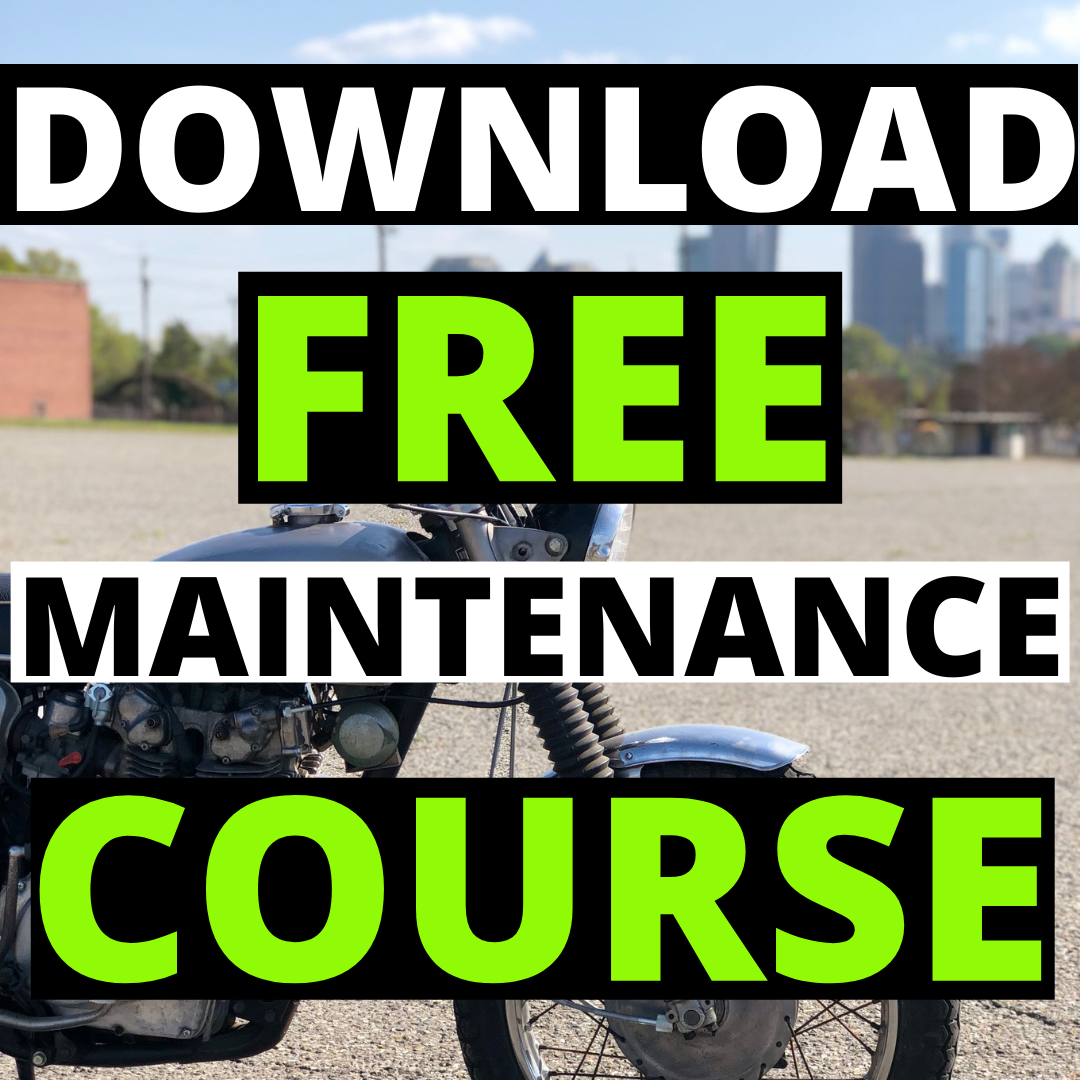How-To: Polish Aluminum Motorcycle Parts
The current project I’m working on has some oxidized and slightly pitted aluminum covers. I’ve decided that a polished look is what I’m after, so time to use a little bit of elbow grease to bring out the shine.
Step 1 – Sanding
If your part looks like the above picture, then you will need to sand the part. Air sanders do help speed this process up, however there are areas that you will have to do manually. Now, I started with the abrasive wheel on buffing machine, then 400 grit, just to see if that is all I needed. Turns out there were some pits, dings, and scratches that had to be worked out with 180 grit. I probably should have focused more time with 220 instead, as the 180 left some deep scratches that I need to go back and fix.
So the first stage of sanding is going to take the longest, as you are working out all the defects. Then you can move on to finer grits such as 220, 320, 400, & 600. If the paper clogs up, try wet sanding with water and a drop of dish soap and clean the paper and part often.
Step 2 – Spiral Wheel & Tripoli Compound
Once your part is leveled out to 600 grit (you can go to higher grits if you are looking for a show finish), its time to start buffing. Buffing is so much easier and faster than sanding, and the results show up quickly. Apply just a little compound, don’t go crazy, and apply it often. Use the buff rake to clean the wheel if it becomes caked up.
Step 3 – Loose Wheel & White Rouge Compound
The final buffing step will really bring out the shine. The step is the same as step 2, however you are using a finer cut. The wheel allowed me to polish the recessed “Honda” lettering also, which came out really nice. So below is the final product after spending 1hr sanding, and about 20min total buffing. Now I have to do the other 2 covers.
Eastwood Products
As I mentioned in the video, Eastwood send me some products to help with this project. All products worked great and got me the results I was after. Make sure to check out their website and YouTube channel since they have a bunch of technical resources and videos to help you with restoration projects.
Eastwood 1Hp Dual Speed Buffer
Eastwood 6″ Foam Interface Sander Pad
Eastwood Small Job Buffing Kit
Eastwood 2″ Right Angle Orbital Sander
Safety Items
I already had these safety items, both Eastwood and Amazon will have what you need.





Your video was very thorough. I liked it. Cool buffing accessories. But I myself like to get sand with a 400 grit to start 1000 grit and a final 2500 grit. Next I like to start off with a stiff buffing wheel and a DICO brand cutting compound and for a final I like to use a white compund. Using a wet sanding method with a hard foam sanding block so it you get smooth and flat finish. A good even flat surface will have more depth your shine will have. Wet sanding also makes your sand paper last longer with minimal aggressive scratches that will take more time to get out. Maybe you can use a little bit of this procedure and put it in your back pocket to try one of these days.
Thanks for the tips, I’ll try them next time.
If you polish a cast aluminum part on my motorcycle, will I have to get some sort of rust protection, or is the aluminum rust-free as it is? Thank you, and great video!
Yes, simichrome polish offers some “protection”. Here is a link:
https://amzn.to/32Hib2q
Matt
One of the most beneficial hints that you have told me via youtube was to purchase the 1 & 3 J.I.S. screw drivers for use on my Honda’s they work so well. I also like the professionalism, the use of ring spanners on the initial undoing tight nuts and bolts and also nipping them up again, I see on other Videos the user is not using the open ended spanner squarely on the hex which of course rounds them off or slips and they skin their knuckles. Many Thanks, I’m watching from Australia
Awesome! What about a #2 JIS?